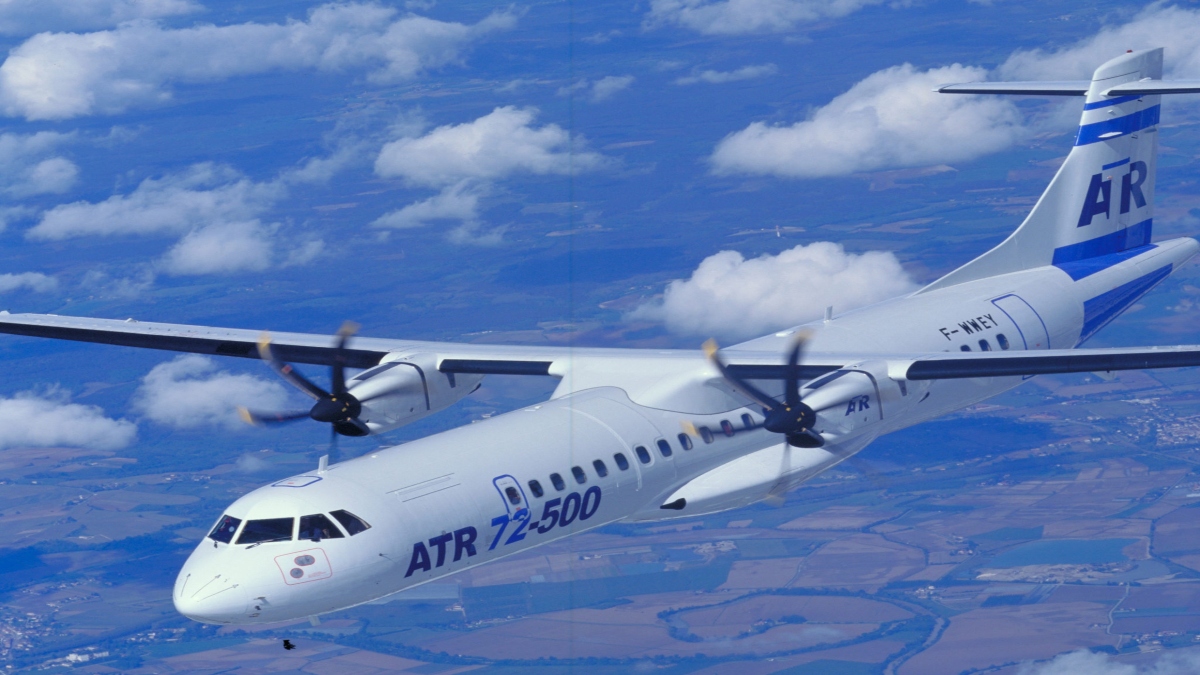Specifics of the ATR 72 Crash

The ATR 72, a twin-engine turboprop aircraft, has been involved in several crashes throughout its history. These incidents have often been attributed to a combination of factors, including pilot error, mechanical failure, and environmental conditions.
Notable ATR 72 Crashes
The ATR 72 has been involved in several notable crashes, each with its own unique set of circumstances. The following are some of the most significant incidents:
- TransAsia Airways Flight 235 (2015): On February 4, 2015, TransAsia Airways Flight 235 crashed into the Keelung River in Taipei, Taiwan, shortly after takeoff. The crash resulted in 43 fatalities. The investigation concluded that the crash was caused by a combination of pilot error and mechanical failure. The pilot, after an engine failure, attempted to restart the engine while simultaneously attempting to regain control of the aircraft, leading to a loss of altitude and a subsequent crash.
- Trigana Air Service Flight 267 (2015): On August 16, 2015, Trigana Air Service Flight 267 crashed into a mountainous area in Papua, Indonesia. All 54 people on board were killed. The investigation concluded that the crash was caused by pilot error, as the pilot attempted to land in bad weather conditions and failed to maintain altitude.
- Air Bagan Flight 755 (2014): On March 2, 2014, Air Bagan Flight 755 overran the runway at Yangon International Airport in Myanmar. The crash resulted in no fatalities, but several passengers were injured. The investigation concluded that the crash was caused by pilot error, as the pilot failed to properly align the aircraft with the runway during landing.
Aftermath and Impact of the Crash: Atr 72 Crash

The crash of an ATR 72 aircraft, while a tragedy in itself, had far-reaching consequences that extended beyond the immediate loss of life and property damage. The event sparked a chain reaction of investigations, legal proceedings, and safety recommendations, profoundly impacting the aviation industry and public perception of air travel.
Casualties and Property Damage
The crash resulted in a significant number of casualties, with both passengers and crew members tragically losing their lives. The impact of the crash also caused substantial property damage, including the aircraft itself and any infrastructure or structures that were affected. The extent of the damage varied depending on the specific circumstances of the crash.
Impact on the Aviation Industry
The crash had a profound impact on the aviation industry, prompting a thorough review of safety procedures and protocols. Airlines and regulatory bodies implemented new safety measures and guidelines, aimed at preventing similar accidents in the future. The crash also led to increased scrutiny of aircraft maintenance practices and the training of pilots and crew members.
Public Perception of Air Travel
The crash significantly impacted public perception of air travel, leading to increased anxiety and concerns about safety. This, in turn, affected passenger demand and airline revenue. However, the aviation industry responded by emphasizing its commitment to safety and implementing new measures to regain public trust.
Investigations and Legal Proceedings
Following the crash, a comprehensive investigation was conducted to determine the cause of the accident. This investigation involved analyzing flight data recorders, examining the wreckage, and interviewing witnesses. The findings of the investigation were used to identify any contributing factors to the crash and to make recommendations for improving aviation safety. In addition, legal proceedings were initiated to determine liability for the crash and to provide compensation to the victims’ families.
Safety Recommendations, Atr 72 crash
The investigations into the crash resulted in a number of safety recommendations aimed at preventing similar accidents in the future. These recommendations included changes to aircraft design, operational procedures, and pilot training. The implementation of these recommendations played a crucial role in improving aviation safety and reducing the risk of future accidents.
The ATR 72 crash, a tragedy that shook the nation, serves as a stark reminder of the importance of robust safety regulations in aviation. While the investigation continues, the incident highlights the need for comprehensive oversight and accountability, much like the scrutiny that often surrounds presidential debates.
These high-stakes events, while crucial to shaping public opinion, also require careful attention to detail and a commitment to transparency, lessons that should be applied to all aspects of public safety, including air travel.
The ATR 72 crash serves as a chilling reminder of the fragility of air travel, a stark reality that echoes in the news of plane crash today. While investigations into the ATR 72 incident continue, the tragedy underscores the need for stringent safety measures and transparent accountability in the aviation industry.
